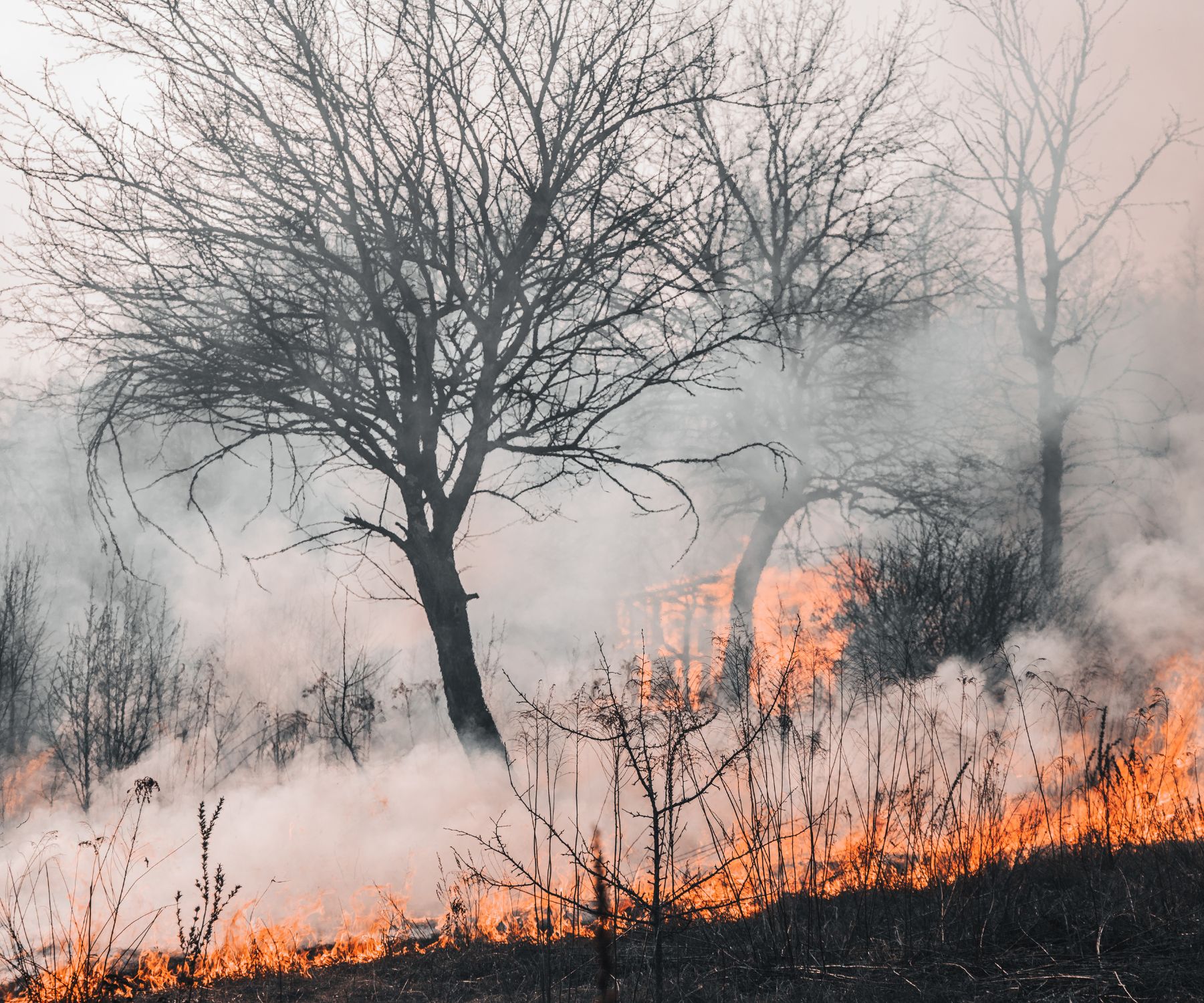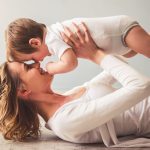Table of Contents
HEPA Filtration Full Form?
HEPA (high efficiency particulate air)full form filters are designed to remove tiny airborne particles from the air as it passes through the filter. HEPA was originally developed in the 1940s to capture radioactive particles, but today it is used extensively for air purification in homes, offices, hospitals, and more.
The key specification for HEPA filters is the minimum efficiency they achieve at capturing particles 0.3 microns in diameter. To qualify as true HEPA, filters must remove at least 99.97% of particles this size during testing. This article will explore the different types of HEPA filters and their effectiveness at capturing even smaller particles.
What Size Particles Do HEPA Filters Remove?
| HEPA Filter Type | Minimum Efficiency | Particle Size Removed | Typical Use Cases |
|---|---|---|---|
| HEPA | 99.97% at 0.3 microns | 0.3 microns and above | General air cleaning, removes pollen, dust, mold, bacteria |
| HEPA 13 | 99.95% at 0.3 microns | 0.3 microns and above | Smoke removal, wildfire smoke, vehicles, factories |
| HEPA 14 | 99.995% at 0.3 microns | 0.3 microns and above | Hospitals, clean rooms, research labs |
| ULPA | 99.999% at 0.1-0.2 microns | 0.1-0.2 microns and above | Electronics manufacturing, pharmaceuticals |
Hepa Filter Types
Standard HEPA Filters
The most common type of HEPA filter is designed to meet the basic 99.97% efficiency standard. This means it must capture 99.97% of particles sized 0.3 microns during laboratory testing. In real-world conditions, true HEPA filters are highly effective at trapping common airborne particles like:
- Dust
- Pollen
- Mold spores
- Bacteria
- Pet dander
- Smoke
While not tested for particles smaller than 0.3 microns, HEPA filters can still capture many of them at decent efficiencies. Overall, HEPA filters are great for general air cleaning applications where you want to remove airborne allergens and pollutants.
HEPA 13 Filters
The next level up from standard HEPA is HEPA 13 filters. These filters must meet a minimum efficiency of 99.95% when tested with 0.3 micron particles. That may seem like a small difference from standard 99.97% HEPA, but it indicates more filtration media layers that improve performance.
The extra layers in HEPA 13 filters allow them to capture more ultrafine particles below 0.3 microns. This includes things like smoke, emissions from vehicles/factories, and some viruses. Their increased effectiveness makes HEPA 13 filters well-suited for:
- Wildfire smoke removal
- Industrial sites
- Commercial buildings
- High traffic areas
HEPA 14 Filters
HEPA 14 air filters are even more efficient at particle removal than HEPA 13 models. They must demonstrate 99.995% minimum efficiency for 0.3 micron particles during laboratory testing.
The extremely high filtration of HEPA 14 filters makes them ideal for hospitals, clean rooms, research labs, and other applications that demand near-perfect air purification. Their increased media layers improve capturing of particles as small as 0.1 microns, including:
- Some viruses
- Tobacco smoke
- Bacteria
- Fine dust
HEPA 14 models provide superior removal of airborne microbes, which is critical in medical and pharmaceutical settings.
 ULPA Filters
ULPA Filters
At the top end of air filtration are ULPA or ultra low penetration air filters. While not technically a HEPA filter, ULPA models are even more efficient at removing ultrafine particles.
ULPA filters must demonstrate a minimum of 99.999% efficiency at capturing particles sized between 0.1 to 0.2 microns. This high performance against tiny particles makes ULPA filters ideal for:
- Clean rooms
- Electronics manufacturing facilities
- Pharmaceutical production
- Hospitals
ULPA models excel at protecting processes where all airborne contamination must be controlled. They offer superior removal of microscopic particles, though at a higher cost than HEPA filtration.
ULPA vs HEPA
ULPA (Ultra Low Penetration Air) filters are more efficient than HEPA (High Efficiency Particulate Air) filters.
While HEPA filters capture 99.97% of particles down to 0.3 microns, ULPA filters are designed to remove at least 99.999% of particles as small as 0.1 to 0.2 microns.
ULPA filters are used in environments requiring extremely clean air, like semiconductor manufacturing or pharmaceuticals, where even the smallest particle contamination cannot be tolerated. However, the higher efficiency of ULPA filters comes with increased airflow resistance, potentially requiring more powerful air handling systems.
Choosing Between Standard and H13 HEPA Filters for Your Air Purifier: What You Need to Know
When considering upgrading from a standard HEPA filter to an H13 filter in your air purifier, it’s important to weigh the benefits against potential drawbacks. H13 filters offer superior filtration efficiency, capturing at least 99.95% of particles as small as 0.3 microns, making them an excellent choice for individuals with severe allergies, asthma, or those living in areas with high pollution levels. However, this increased efficiency comes with a higher initial cost and can lead to reduced airflow, which might necessitate a more powerful fan within the purifier and potentially higher energy consumption.
Before making a decision, consider the specific air quality challenges in your home and whether the added benefits of an H13 filter align with your needs. Also, verify that the air purifier can accommodate the denser H13 filter without compromising performance.
Here’s a simplified comparison table to help you decide:
| Aspect | Standard HEPA Filter | H13 HEPA Filter |
|---|---|---|
| Filtration Efficiency | 99.97% at 0.3 microns | 99.95% at 0.3 microns |
| Cost | Lower | Higher |
| Airflow Impact | Moderate | Higher (may reduce airflow) |
| Suitability | General residential use | High pollution areas, severe allergies |
Remember, the best choice depends on your unique needs and the specific air quality challenges you face in your home.
Pros and Cons of Different HEPA Filter Grades
Standard HEPA Filters
- Pros:
- Efficiency: Captures 99.97% of particles at 0.3 microns, suitable for general air cleaning including pollen, dust, mold, and bacteria.
- Cost: Generally more affordable than higher-grade HEPA filters.
- Versatility: Widely compatible with various HVAC systems and air purifiers without requiring significant modifications.
- Cons:
- Limitation: Less effective against ultrafine particles like smoke and some viruses compared to higher-grade filters.
HEPA 13 Filters
- Pros:
- Enhanced Efficiency: Offers improved filtration at 99.95% for 0.3 micron particles, capturing more ultrafine particles such as smoke and emissions from vehicles and factories.
- Use Cases: Ideal for environments with higher air quality demands such as areas affected by wildfire smoke or industrial emissions.
- Cons:
- Cost: Slightly more expensive than standard HEPA due to increased filtration media layers.
- Airflow Restriction: May cause reduced airflow in systems not designed for denser filters, potentially requiring stronger fans.
HEPA 14 Filters
- Pros:
- Superior Efficiency: Captures 99.995% of 0.3 micron particles, making it suitable for critical environments like hospitals and clean rooms.
- Particle Retention: Effective against a broader range of particles, including finer dust and certain microbes.
- Cons:
- Higher Cost: The increased efficiency and filtration capability come at a higher price point.
- System Compatibility: May require specialized air handling systems to manage the increased pressure drop, leading to higher energy consumption.
ULPA Filters
- Pros:
- Maximum Efficiency: Captures 99.999% of particles between 0.1 to 0.2 microns, offering the highest level of air purification for ultrafine particles.
- Specialized Use Cases: Essential in industries where the slightest contamination could have significant repercussions, such as semiconductor manufacturing and pharmaceuticals.
- Cons:
- Very High Cost: The most expensive option due to its exceptional filtration performance.
- Significant Airflow Restriction: Requires advanced air handling systems capable of overcoming the substantial pressure drop, potentially leading to higher operational costs and noise levels.
When deciding on the appropriate HEPA filter grade, it’s important to balance the need for air purity with the practical considerations of cost, system compatibility, and the specific environmental challenges present in the intended area of use. Higher-grade HEPA filters like H13 and H14 offer improved air quality but come with considerations such as increased cost and potential system modifications to accommodate the denser filters.
Finding the Right HEPA Filter
When selecting a HEPA filter, consider the type and amount of contaminants you want to remove from the air. Standard HEPA models work well for general air cleaning applications like homes or offices. source
For higher airborne particle loads such as smoke or bacteria, look to HEPA 13 or HEPA 14 rated filters. In extreme environments like clean rooms, ULPA filters provide the best protection against microscopic particles.
Also ensure your HVAC system or air purifier is designed to accommodate HEPA filtration. The dense structure of HEPA filters can restrict airflow compared to other types, so your system must overcome this added resistance.
With their proven ability to capture ultrafine particles, HEPA air filters are an essential tool in creating healthier indoor air quality across many residential, commercial and industrial settings.
Source
FAQ
-
Can HEPA filters remove mold from the air?
Yes, HEPA filters are capable of removing mold particles from the air, making them effective in reducing mold presence in an environment.
-
Are HEPA filters effective at capturing mold spores?
Yes, HEPA filters are designed to capture particulate matter, including mold spores, thereby reducing their concentration in the air.
-
Can HEPA filters trap virus particles?
HEPA filters can trap many types of virus particles. However, they may not be able to capture all viruses due to the varying sizes and characteristics of virus particles.
-
Do HEPA filters remove smoke particles?
Yes, HEPA filters can remove smoke particles from the air. However, it’s important to note that they may not be able to remove smoke odors, as these are caused by gases.
-
Are HEPA filters capable of filtering out radon?
No, radon is a radioactive gas, and HEPA filters are not designed to filter out gases. Radon mitigation requires specialized techniques.
-
Can HEPA filters remove volatile organic compounds (VOCs)?
No, VOCs are gaseous compounds, and HEPA filters are not effective against gases. Removing VOCs from the air typically requires a different type of air purification system, such as one equipped with activated carbon.
-
How effective are HEPA filters at removing dust?
HEPA filters are highly effective at removing dust particles from the air, making them beneficial in environments where dust reduction is desired.
-
Can HEPA filters remove odors?
No, odors are generally caused by gases, and HEPA filters do not have the capability to remove gaseous substances from the air.
-
Are HEPA filters effective against formaldehyde?
No, formaldehyde is a type of VOC, and HEPA filters are not designed to remove gaseous compounds like formaldehyde. Specialized filters are required to tackle formaldehyde in the air.
-
Can HEPA filters remove pet dander?
Yes, HEPA filters are effective at removing pet dander, which is a common allergen for many people. This makes them useful in homes with pets.
-
Do HEPA filters help with allergies?
Yes, by removing allergens such as dust, pollen, pet dander, and mold spores from the air, HEPA filters can help reduce allergy symptoms and improve indoor air quality.
-
Can HEPA filters alleviate cat allergies?
Yes, since cat dander is a significant allergen for many individuals with cat allergies, HEPA filters can help by effectively removing cat dander from the air.




 ULPA Filters
ULPA Filters





